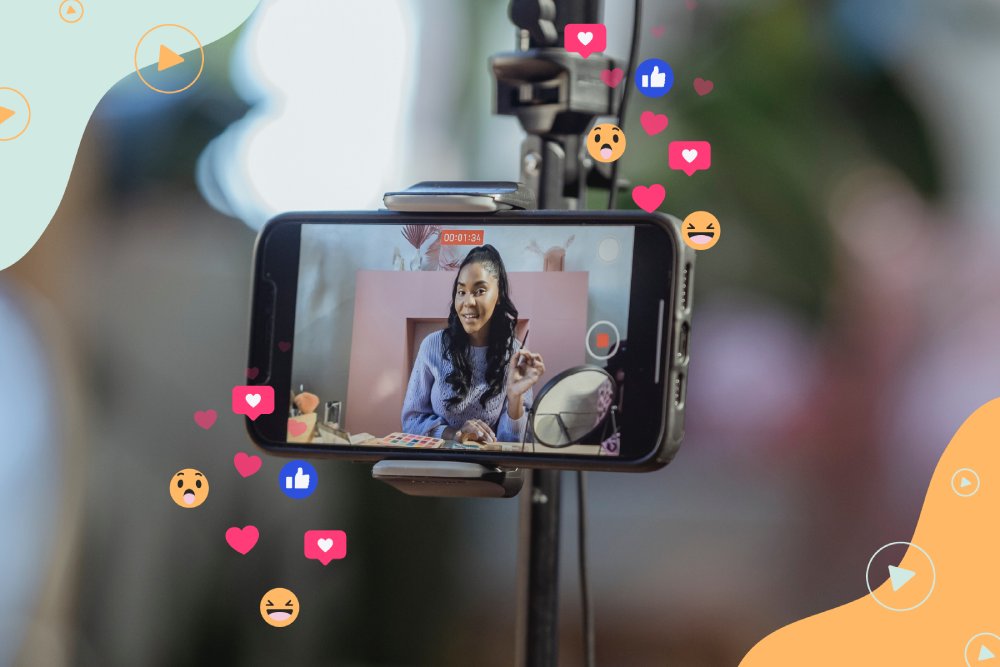Video content has become a powerful tool in online coaching programs, offering a dynamic and engaging way to connect with learners around the world. However, to truly maximize the impact of these videos and reach a diverse audience, effective translation is key. In this article, we will explore the importance of video translation in online coaching programs and delve into best practices, tools, and strategies to ensure accurate and high-quality translations. From considerations for cultural adaptation to overcoming challenges, we will provide insights to help coaching professionals enhance accessibility and engagement for their multilingual audience.
Table of Contents
ToggleImportance of Video Translation in Online Coaching Programs
Video translation plays a crucial role in online coaching programs by enhancing accessibility and reach. It enables coaches to connect with a global audience and cater to diverse linguistic backgrounds. By translating videos into multiple languages, coaches can break language barriers and make their content accessible to a wider audience. This helps in reaching individuals who may not be proficient in the coach’s native language but can benefit from the valuable guidance provided in the videos.
Effective video translation can significantly improve learning outcomes for participants in online coaching programs. When content is presented in a language that learners understand best, they can grasp concepts more easily, engage with the material effectively, and ultimately achieve better results.
Best Practices for Translating Video Content
Translating video content requires careful consideration and attention to detail. From transcription and subtitling techniques to adapting tone and style, following best practices ensures that the translated material maintains the intended message and impact.
Accurate transcription and subtitling are essential for effectively conveying the content of a video in another language. Matching the spoken words with appropriate subtitles helps viewers follow along seamlessly, enhancing comprehension and engagement.
When translating video content, it’s crucial to adapt the tone and style to resonate with the target audience. Whether it’s adjusting humor, formality, or cultural references, ensuring that the translated content feels natural and relatable is key to maintaining viewer interest and understanding.
Tools and Technologies for Video Translation
Advancements in technology have revolutionized the field of video translation, offering both machine and human translation solutions. Understanding the differences between these approaches and utilizing popular tools and platforms can streamline the translation process and improve efficiency.
Machine translation provides quick and cost-effective solutions, but human translation is essential for capturing nuances, context, and cultural sensitivities. Striking the right balance between automation and human expertise is key to achieving accurate and high-quality translations.
For an effective and versatile solution, consider using a video translator. This tool allows you to create videos in any language and easily translate the audio into multiple languages such as French, Spanish, German, Hindi, and more. By utilizing this tool, you can efficiently reach a global audience and ensure that your video content is accessible to viewers in their preferred language.
Considerations for Cultural Adaptation in Video Translation
Cultural adaptation is essential when translating videos for a global audience. Understanding cultural nuances and sensitivities, as well as implementing localization strategies, ensures that the translated content resonates with viewers from diverse backgrounds.
Each culture has its own unique values, norms, and communication styles. Adapting video content to align with cultural nuances and sensitivities helps avoid misunderstandings and ensures that the message is received positively by viewers from different cultural backgrounds.
Localization involves more than just translating words; it involves adapting content to suit the preferences and expectations of specific regions or countries. Employing localization strategies, such as adjusting visuals, references, and language variations, can enhance the relevance and impact of video content for global audiences.
Ensuring Accuracy and Quality in Translated Video Content
When it comes to translating video content for online coaching programs, ensuring accuracy is key. Implementing quality assurance processes such as thorough proofreading, editing, and having native speakers review the translations can help maintain the quality of the content.
Feedback is a crucial component in the translation process. Encouraging feedback from both content creators and viewers can provide valuable insights for iterative improvement. By continuously refining the translations based on feedback, you can enhance the overall quality and effectiveness of the video content.
Strategies for Engaging Multilingual Audiences through Video Translation
To engage multilingual audiences effectively, consider personalizing and customizing the translated content to cater to diverse audiences. Tailoring the language and cultural references can help create a more inclusive and engaging viewing experience for all participants.
Language inclusivity is vital in online coaching programs. By providing translated video content in multiple languages, you can ensure that participants from different linguistic backgrounds feel included and valued. Promoting language inclusivity can enhance the accessibility and effectiveness of your coaching programs.
Overcoming Challenges in Translating Videos for Online Coaching Programs
Technical challenges in video translation can be addressed by using professional translation tools and services. Budget considerations are also important; exploring cost-effective solutions like free ai video generators or affordable language service providers can help manage costs while maintaining quality.
Budgetary and Resource Considerations
Budget and resources are important factors to consider when translating videos for online coaching programs. While high-quality translations may come at a cost, exploring cost-effective solutions such as machine translation tools, volunteer translators, or outsourcing to affordable language service providers can help manage budgetary constraints without compromising on translation quality.
In conclusion, mastering the art of translating video content effectively is essential for online coaching programs looking to expand their reach and impact globally. By following best practices, utilizing the right tools, and considering cultural nuances, coaching professionals can create inclusive and engaging experiences for learners of diverse backgrounds. With a commitment to accuracy and quality, coupled with strategies to overcome challenges, coaches can unlock the full potential of video translation to connect, educate, and inspire audiences worldwide.
Shashi Teja
Related posts
Hot Topics
Term insurance: why it’s a must-have for young professionals
Beginning a new career is a significant milestone not only in terms of finances but also in terms of responsibilities….
Why Healthcare workers Need Stronger Protections
In recent years, our healthcare system has faced unprecedented challenges, with one disturbing trend standing out: the alarming rise in…



